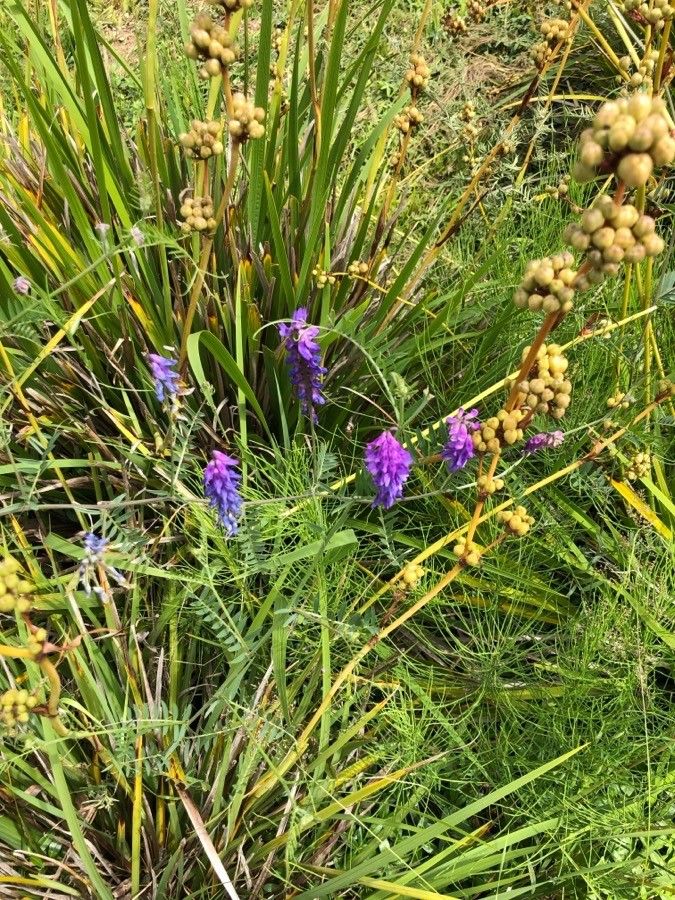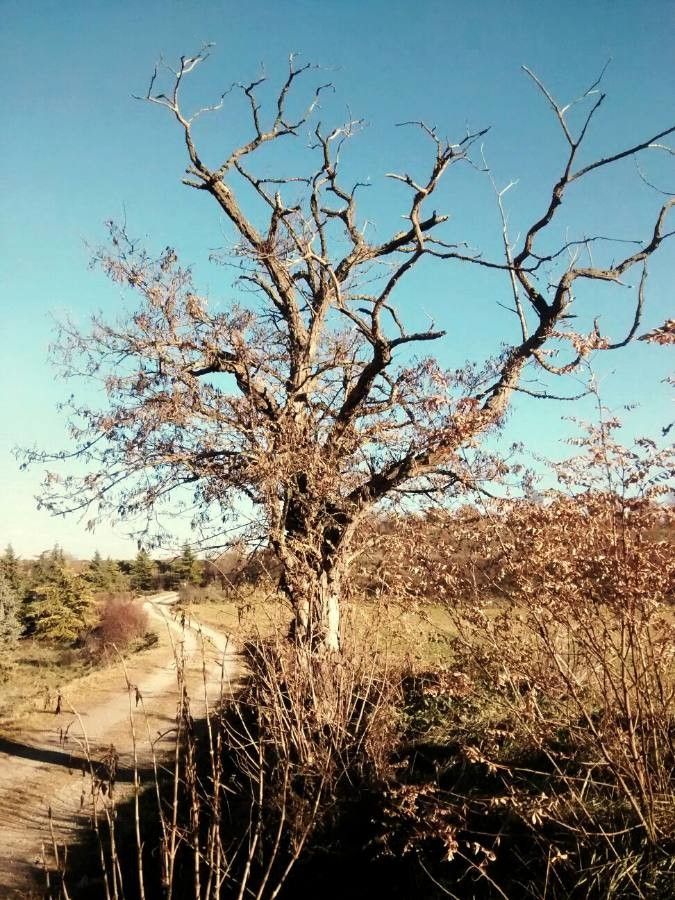## Cow Vetch: A Comprehensive Guide
Cow vetch (*Vicia cracca*), a member of the Fabaceae (pea) family, is a charming and versatile climbing plant found across many parts of the world. Its vibrant purple flowers and vigorous growth make it a popular choice for wildlife gardens and naturalized landscapes. This guide delves into the intricacies of cow vetch, providing essential information for gardeners of all levels.
### Habitat and Growth
Cow vetch thrives in a variety of environments, demonstrating its adaptability. It's commonly found in meadows, pastures, roadsides, and wastelands, preferring well-drained soil. This hardy plant tolerates a wide range of conditions, showcasing its resilience. Its climbing habit allows it to readily spread, sometimes becoming quite prolific. It's often seen sprawling across banks or climbing over other vegetation. It is particularly common in disturbed areas and is considered by some to be a weed.
### Sun Exposure and Soil Needs
Cow vetch prefers full sun to partial shade. While adaptable, it performs best with at least several hours of direct sunlight daily. It tolerates various soil types but flourishes in well-drained, moderately fertile soils. Poorly drained soils can lead to root rot. The plant tolerates a wide pH range.
### Planting and Care
Cow vetch can be grown from seed. Sow seeds directly into the prepared soil in spring or fall. Ensure good seed-to-soil contact. Germination typically occurs within a few weeks, though it may vary depending on soil conditions and temperature. Minimal maintenance is required once established. While it tolerates drought, consistent watering, especially during dry spells, encourages vigorous growth. Regular deadheading (removing spent flowers) can prolong flowering.
### Uses and Benefits
Cow vetch is a valuable addition to wildlife gardens, providing nectar for pollinators such as bees and butterflies. Its seeds serve as a food source for various birds. This plant is also a nitrogen-fixing species, enriching the soil and promoting healthy growth for neighboring plants. Historically, it has been used as forage for livestock, although its palatability can vary depending on the plant's maturity and growing conditions. Its usage requires care as it can contain compounds that can impact livestock.
### Potential Drawbacks
Cow vetch's vigorous growth can make it invasive in some environments. It's crucial to monitor its spread and take steps to contain it if necessary. Consider planting it in areas where its self-seeding and spreading habits are not problematic.
### Conclusion
Cow vetch offers a blend of beauty, ecological benefits, and adaptability, making it a worthwhile consideration for gardeners seeking to attract wildlife and enhance their soil health. Understanding its growth habits and potential for spread is vital for successful integration into your garden landscape.
Cow Vetch: Complete Guide & Care Tips

Frequently Asked Questions
How do I grow cow vetch?
Cow vetch can be grown from seed sown directly into well-drained soil in spring or fall. Ensure good seed-to-soil contact and provide consistent watering, especially during dry spells.
Is cow vetch good for pollinators?
Yes, cow vetch is an excellent choice for attracting pollinators like bees and butterflies, providing them with a valuable source of nectar.


